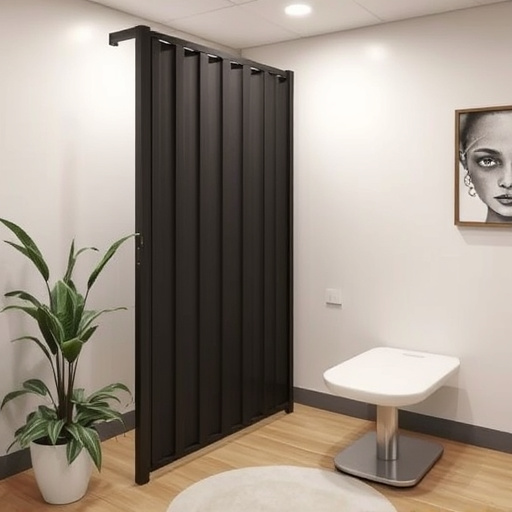Intake systems, vital in various industries, demand consideration of diverse environmental factors for optimal longevity. Design features like efficient airflow reduce failure risks, while high-grade materials like stainless steel and specialized polymers outperform others in harsh conditions. Real-world scenario testing protocols ensure reliable performance across environments, facilitating longevity comparisons through durability testing methods. Traditional lab tests simulate extreme conditions to benchmark material selection, aiding engineers in enhancing system lifespan. Comparative analysis of intake systems under extreme temperatures, moisture, and corrosiveness identifies top-performing materials, fostering sustainable practices and resilient infrastructure across industries through intake system longevity comparison testing.
In today’s environmental challenges, understanding and comparing intake system durability is crucial. This article delves into key aspects of intake system design and material selection, exploring factors that determine longevity. We detail various durability testing methods, providing accelerated insights for real-world applications. Through a comparative analysis, we uncover top performers in challenging environmental conditions, guiding industries towards optimal intake system choices for enhanced sustainability. Discover the champions in intake system longevity comparison testing.
- Intake System Design and Material Selection: Exploring Longevity Factors
- Durability Testing Methods: Accelerating Results for Real-World Applications
- Comparative Analysis: Uncovering Resistance Champions in Environmental Conditions
Intake System Design and Material Selection: Exploring Longevity Factors

Intake systems, a critical component in various industries, are subject to diverse environmental conditions over their operational lifespan. When comparing different designs and materials for intake systems, longevity emerges as a key factor to consider. Longevity isn’t merely about durability; it’s also about performance stability under varying stressors such as temperature fluctuations, corrosive substances, and mechanical wear.
In terms of design, optimal airflow efficiency and minimal pressure drop contribute significantly to extended system life by reducing the risk of component failure due to excessive stress. Material selection plays a pivotal role too. Resilient materials like high-grade stainless steel and specialized polymers can withstand harsh conditions better than others. Testing protocols that simulate real-world scenarios are essential for assessing intake system longevity, ensuring they perform optimally and reliably across diverse environments.
Durability Testing Methods: Accelerating Results for Real-World Applications

In the realm of environmental resistance comparisons, durability testing methods play a pivotal role in predicting and evaluating the longevity of various materials and components, particularly within intake systems. Traditional laboratory tests often replicate harsh conditions to accelerate results, simulating real-world applications in a controlled setting. These tests include exposure to extreme temperatures, corrosive substances, and mechanical stresses, allowing researchers to establish benchmark performance levels for different materials.
By employing these accelerated testing procedures, engineers can streamline the development process, making informed decisions about material selection for intake systems with enhanced confidence. This approach is particularly beneficial in automotive and industrial sectors where cost-effective solutions are sought without compromising durability. Through such comparisons, manufacturers can identify game-changing strategies to improve overall system longevity, ensuring optimal performance under diverse environmental conditions.
Comparative Analysis: Uncovering Resistance Champions in Environmental Conditions

In the realm of environmental resistance, a comparative analysis offers valuable insights by shining a light on champions within various conditions. This strategic approach involves meticulous testing and evaluation to understand which materials or systems stand strong against challenging ecological factors. Through this method, researchers and engineers can uncover innovative solutions, ensuring longevity in even the toughest environments.
When comparing intake systems, for instance, scientists may assess their durability under extreme temperatures, moisture exposure, or corrosive substances. Longevity is a key indicator—systems that withstand prolonged testing in these conditions become heroes in the fight against environmental degradation. Such insights facilitate the development of resilient infrastructure and technologies, ultimately contributing to sustainable practices across industries.
In examining various intake systems through thoughtful design, strategic material selection, and rigorous durability testing methods, this study offers a comprehensive view into environmental resistance. By comparing performance across different conditions, we’ve identified champions in intake system longevity. These findings not only enrich our understanding of optimal material choices and design strategies but also underscore the importance of thorough testing to ensure real-world resilience. This knowledge is pivotal for future development, enabling engineers to create more durable and reliable components that withstand environmental challenges.














